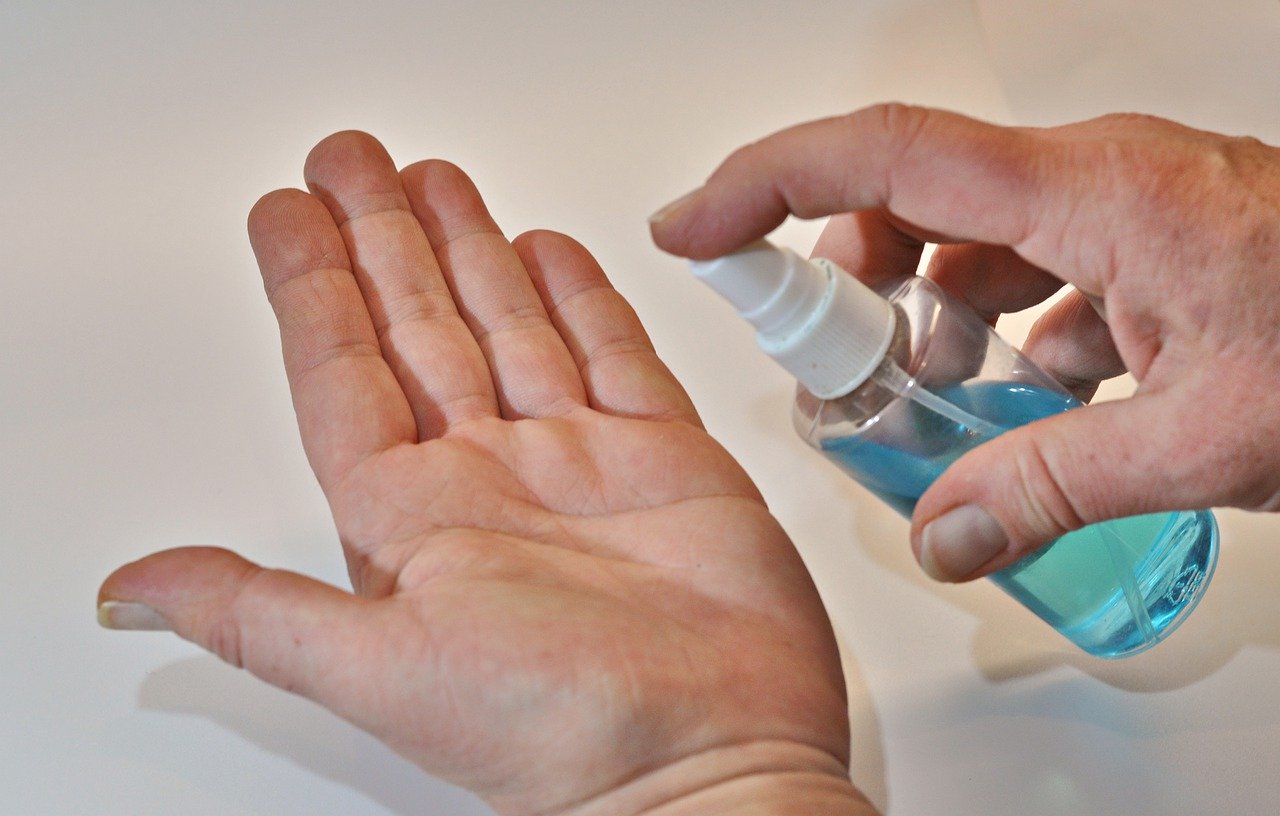Keeping your hands clean protects you from a host of microbes, so making DIY hand sanitizer to have with you at all times just makes sense. According to the Centre for Disease Control and Prevention (CDC), washing hands can prevent 30% of diarrhea-related illnesses and about 20% of respiratory infections (like colds). It’s such a simple thing to do and can save you and your family weeks of sickness and bed rest.
Learning how to prepare a DIY hand sanitizer is a life skill you can count on in times of emergencies, like the COVID-19 outbreak.
It’s actually quite easy to make hand sanitizer at home, it takes just a few basic ingredients and you’re all set. Even better, you can control exactly what you put in the hand sanitizer, so you know you can count on it. Read on to learn how.
Why Do You Need Hand Sanitizer?
Hand sanitizers contain the necessary components to kill germs that cause most infections. The CDC recommends washing with soap and water, but sometimes that option might not be available or sometimes the soap is not effective. In fact, soaps have oils and sodium salts that only remove surface-level germs and bacteria that are attached to dirt and grease.
However, an alcohol-based hand sanitizer kills about 99% of the germs to keep several health problems at bay. Yet another reason to use hand sanitizers is that they are quick to use and more convenient than soap and water. Therefore, we’ve master-crafted two simple ways to DIY hand sanitizer at home.
What You Need to Prepare Alcohol-Based Hand Sanitizer
- A pair of gloves
- Alcohol solution-3/4th cup (take isopropyl or rubbing alcohol with 99% concentration)
- Aloe vera gel or aloe vera leaves- 1/4th cup
- Essential oils like tea tree oil or pure lemon juice- A teaspoon
- A clean and dry bowl
- A clean spoon or whisk
- An empty container with lid (for storage)
How to Prepare the Hand Sanitizer
Step 1: After putting on gloves take the bowl and clean it thoroughly.
Step 2: Take two parts of alcohol and one part of the aloe vera gel in the bowl.
Step 3: Mix the ingredients thoroughly with the spoon (or spoon) till they’re well-blended.
Step 4: Once the gel-like mixture is ready, carefully pour the contents of the bowl into the empty container and close the lid.
If you wish to make a hand-sanitizer without adding alcohol, we have another recipe for you:
What You Need to Prepare Alcohol-Free Hand Sanitizer
- White vinegar- 1/2 cup
- Aloe vera gel- ½ cup
- Distilled water
- Pair of gloves
- Clean bowl
- Clean spoon or whisk
- An empty bottle (for storage)
How to Prepare the Hand Sanitizer:
White vinegar has a high H+ ion concentration, making it slightly acidic. Thus, vinegar acts as a powerful disinfectant and kills many bacteria. Another good thing about vinegar is that it’s non-polluting and non-toxic. A 5% white vinegar solution can also work wonders as a disinfectant. Follow these steps to make an effective hand-sanitizer with vinegar:
Step 1: After putting on gloves take the bowl and clean it thoroughly.
Step 2: Take half a cup of vinegar and half a cup of aloe vera gel in the bowl. Add a few spoons of distilled water in the mixture.
Step 3: Thoroughly mix all ingredients until a gel-like mixture is formed.
Step 4: Pour the mixture in the empty bottle and use it when required.
What You Should Know Before Using Hand Sanitizers
Though alcohol-based hand sanitizers are completely safe, you should take the necessary precautions while using them. First of all, hand sanitizers are not a replacement for soap and water. When you have access to soap and water, you should use that over a hand sanitizer.
Also, it is imperative to check the alcohol content of the sanitizer because not all alcohol-based sanitizers work. The World Health Organization (WHO) recommends at least 60% alcohol concentration in a sanitizer to kill most microbes. And if your hands are greasy and dirty, you should wipe them clean or wash them with water before applying a hand sanitizer.
Applying alcohol-based sanitizer on wet hands dilutes alcohol content and thus makes it less effective in killing germs.
Advisories
Alcohol sanitizers are flammable and should be kept away from any heat source. Children should be supervised when using alcohol-based to ensure they do not put their hands too close to their mouths until the alcohol has evaporated completely.
Conclusion
Using hand sanitizers can help prevent the spread of a large number of infections, viruses, and germs. The use of sanitizers also decreases your dependence on antibiotic medicine, as excessive use can lead to antibiotic resistance.


